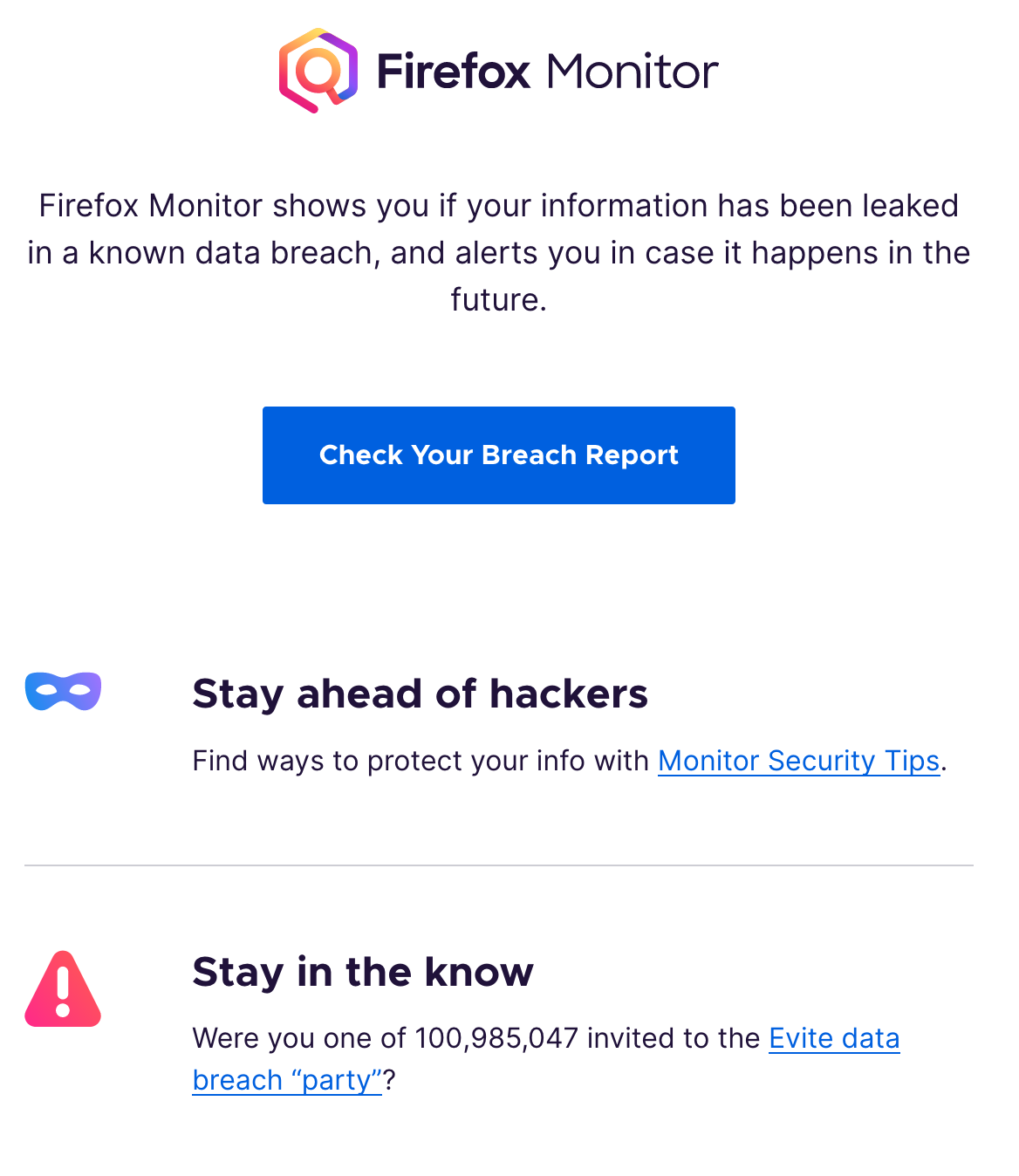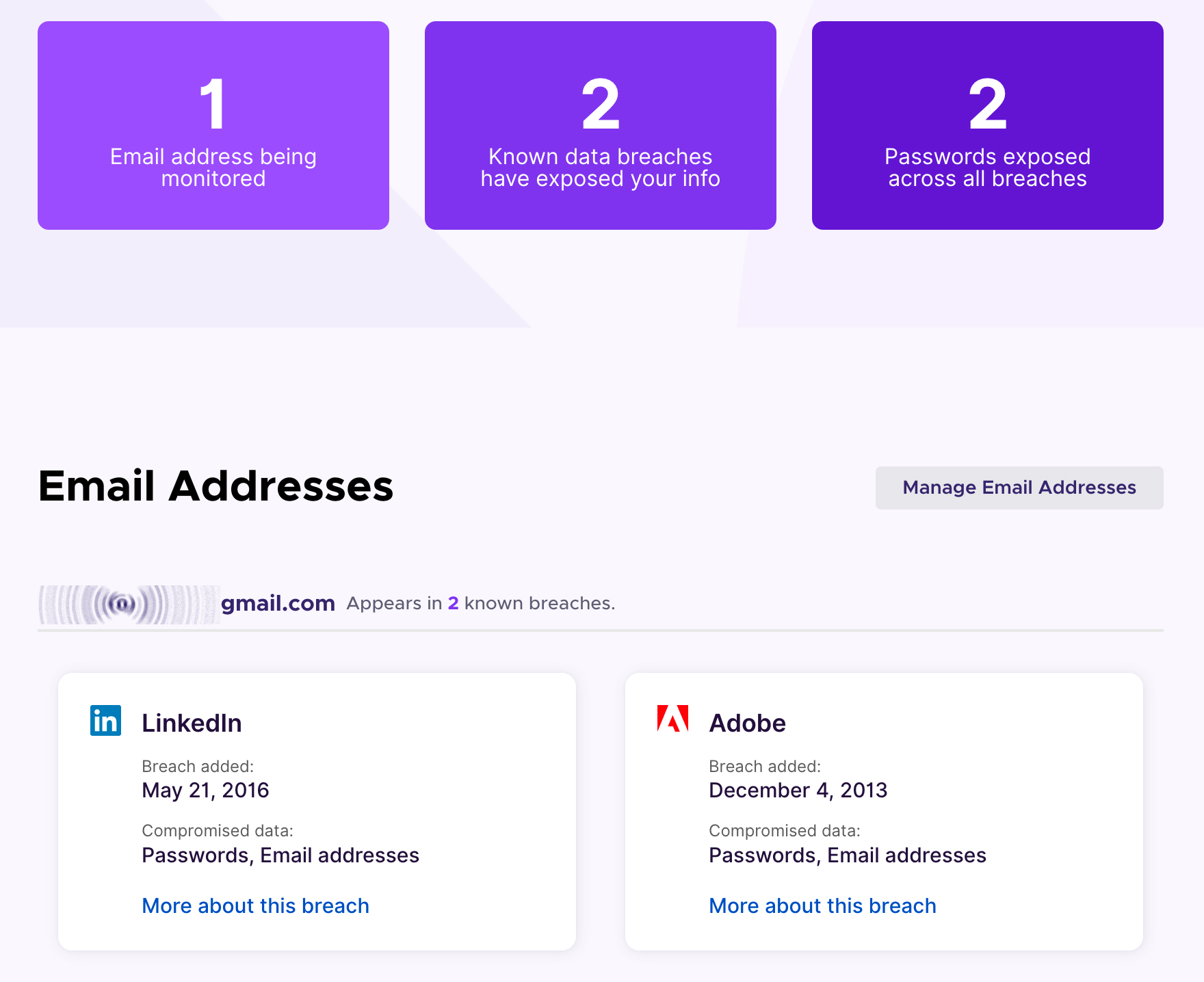About “data breach” There has been much talk in recent years, but many users have ignored these “news” come even on TV all over the world. This is how it is done, that after Yahoo! they announced repeatedly that they were hacked billions of accounts, there are still users and even small companies that use @yahoo.com email accounts. A very big risk to which they expose themselves, bearing in mind that many store sensitive documents and information in their mailboxes.
Not only Yahoo! were victims of computer attacks. In 2012, they were compromised 164 million LinkedIn accounts, which were exposed for sale in “the internet black market” – dark market, almost 4 years. LinkedIn only announced this incident in 2016. Time in which the e-mail addresses and passwords related to user accounts were exposed on Dark Web. They were not exempt either Adobe. In 2013 they reported 153 million Adobe accounts compromised, and the data that fell into the hands of the attackers consisted of: ID intern, username, e-mail, encrypted word, password in plain text and the password hint. Let it be a good job. And they are not the only ones.Dubsmash, Armor Games, 500px, Whitepages, ShareThis, Sephora, Mastercard and many others, complete the list of services that unintentionally exposed the personal data of registered users.
Data Breach continue of course until today, and this time they are reported billions of compromised accounts across the internet. With the exception of Yahoo!, it should not be understood that data leaks exposed to the public (because that means “data breach”), include the passwords of your email accounts. But if you create an account on a site where you are asked for the user's email address, and you set the same password as the one from the email, then this is definitely affected as well.
Duplicate a simple scenario. Let's say we have the e-mail address: “[email protected]” and we use it as “Username” when we create an account on adobe.com. First of all, it is very important that the password set on adobe.com not be the same as the e-mail box password. For example, choose the password: Aa#1BcDd. At the end of the registration process, we will have one Unique ID provided by Adobe, a username, email address and The related password. In case of information leaks from Adobe's database, these data can be compromised. As it happened in the past with 153 million accounts. However, if on Adobe I used a single word upon registration, the effects “data breach” will be minimized. We would even recommend using it to register on websites an e-mail address specially made for such a thing. Other than the personal correspondence.
If you have not paid attention to these security elements in the past, you may be interested to see from which portals, websites and online services your personal data has been stolen based on your e-mail address.
How can we find out if our e-mail address and the password used for an account have been compromised / stolen?
In the new versions of Mozilla Firefox one was added Data Breach monitoring service for email addresses. All you have to do is access the Firefox Monitor module in Firefox, log in and enter the e-mail address for monitoring.
By simply registering on the platform Firefox Monitor, you can add the e-mail addresses you want to check if they were part of a “data breach” and monitor them.
As you can see, the email address added by us was the victim on LinkedIn and Adobe. You can add more addresses to the same account, too “Breach Alert Notifications” can be sent to the main account address or to the affected e-mail address.
The most recent user data leaks were September 10 at KiwiFarms – where for 4606 accounts the e-mail addresses, dates of birth and IP addresses of the users were exposed. The bonus program of Mastercard Germania, “Priceless Specials” was completely compromised after 89,388 accounts fell into the hands of hackers. Data such as: IP address, e-mail address, telephone number and partial bank card information (credit card data) were accessed.


